Blog | 14 Apr 2022
What governments in Asia can do to mitigate climate-driven food price spikes

Over the past decade, climate change has made Southeast Asia’s weather hotter and more unpredictable than ever before. Mean temperatures are around 3 degrees Celsius higher today than they were in the 1950-1980 period, and the range of temperatures has widened by around 2 degrees. Rainfall has trended downward, but with increased volatility. And more instability is on the way—the Intergovernmental Panel on Climate Change warns that weather extremes will become far more frequent as global warming progresses.
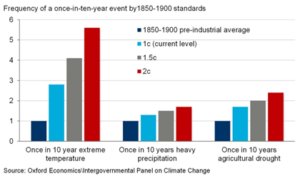
Figure 1: Frequency of a once-in-10-year event by 1850-1900 standards
In our work with Food Industry Asia, we found that extreme weather has been responsible for major food price spikes across the region.
Climate change’s impact on food production costs enters through various channels, the most common being agricultural yields, where it is expected to cut harvests. But the effects on crop yields vary over time and across countries, with modest gains in yields in the early decades of higher-emissions scenarios giving way to losses in the second half of this century.
But food producers have other key cost factors, including the cost of energy, products and services used in the manufacturing process as well as the cost of labor. To isolate the potential role of climate, we used an error-correction model to estimate the relative impact of each factor over both the short and long run. We found that temperature volatility has a major impact on food price inflation across most of the countries in our study. In Thailand and Vietnam, a 1% increase in temperature versus the same period a year ago adds 0.5%-0.8% to the rate of producer food price inflation, and that recent extreme weather events boosted food prices by as much as 5%.
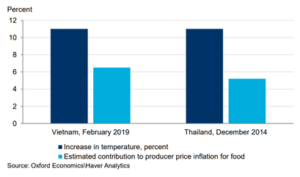
Figure 2: Estimated impacts of extreme heat events in Vietnam and Thailand
Food price spikes caused by extreme weather cause hardship for poorer households, for whom food accounts for as much as half of total monthly expenditure. So what can governments do to both protect consumers and ease the transition to a low-carbon future?
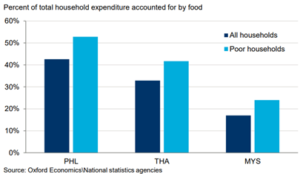
Figure 3: Shares of total monthly spending on food
First, take measures to reduce farmers’ and consumers’ exposure to weather volatility. More public funds can be diverted to supporting farmers adopting technologies that improve resilience to extreme weather. Additionally, more can be done to support the adoption of agricultural insurance, which would help farmers restart production faster after losses, containing the impact of weather events on supply. Vulnerable households can be protected by prioritising the poorest in welfare spending. And improving the monitoring and assessment of food prices would help governments target support for households more quickly and efficiently.
Second, ease the costs of the low-carbon transition for the food manufacturing sector. Tackling energy use in the sector would lower the impact of higher electricity costs on producer prices. Likewise, efforts to improve labour productivity in the sector would reduce pass-through of rising labour costs onto food prices. Efforts to further harmonise standards and liberalise food trade around the region would boost investment in the sector and drive competition, and consequently, help lower prices.
Governments and the food industry must cooperate to tackle the impact of climate change to food costs. There is no escaping the need to transition Southeast Asian economies towards net zero as part of a global effort to limit climate change in the future. But we know this will entail substantial additional costs across the manufacturing sector, including food production. At the same time, consumers will face increasing food price
Tags:
You may be interested in

Post
Asia’s food inflation to peak in Q3, but not at alarming levels
Food inflation in Asia ex-China has risen 2.7ppts to 4.5% since October 2021. We expect the uptrend to continue into Q2, and perhaps even early Q3 for some economies.
Find Out More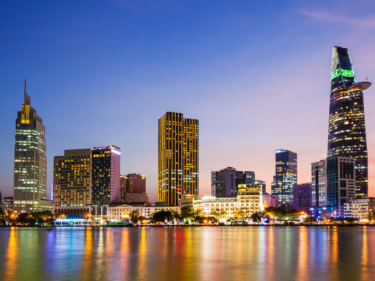
Post
Large variations across APAC cities in medium term employment growth
Several major Asia Pacific cities will face medium term constraints on employment growth due to ageing populations.
Find Out More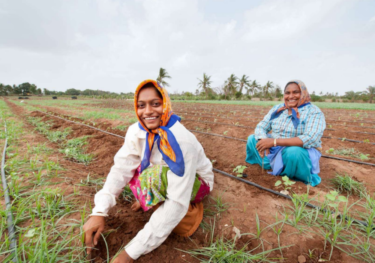
Post
Climate change and food prices in Southeast Asia
Working with Food Industry Asia, Oxford Economics analyse the impact of climate change on food prices in Southeast Asia, cost implications of net-zero transition, and policy options for governments.
Find Out More